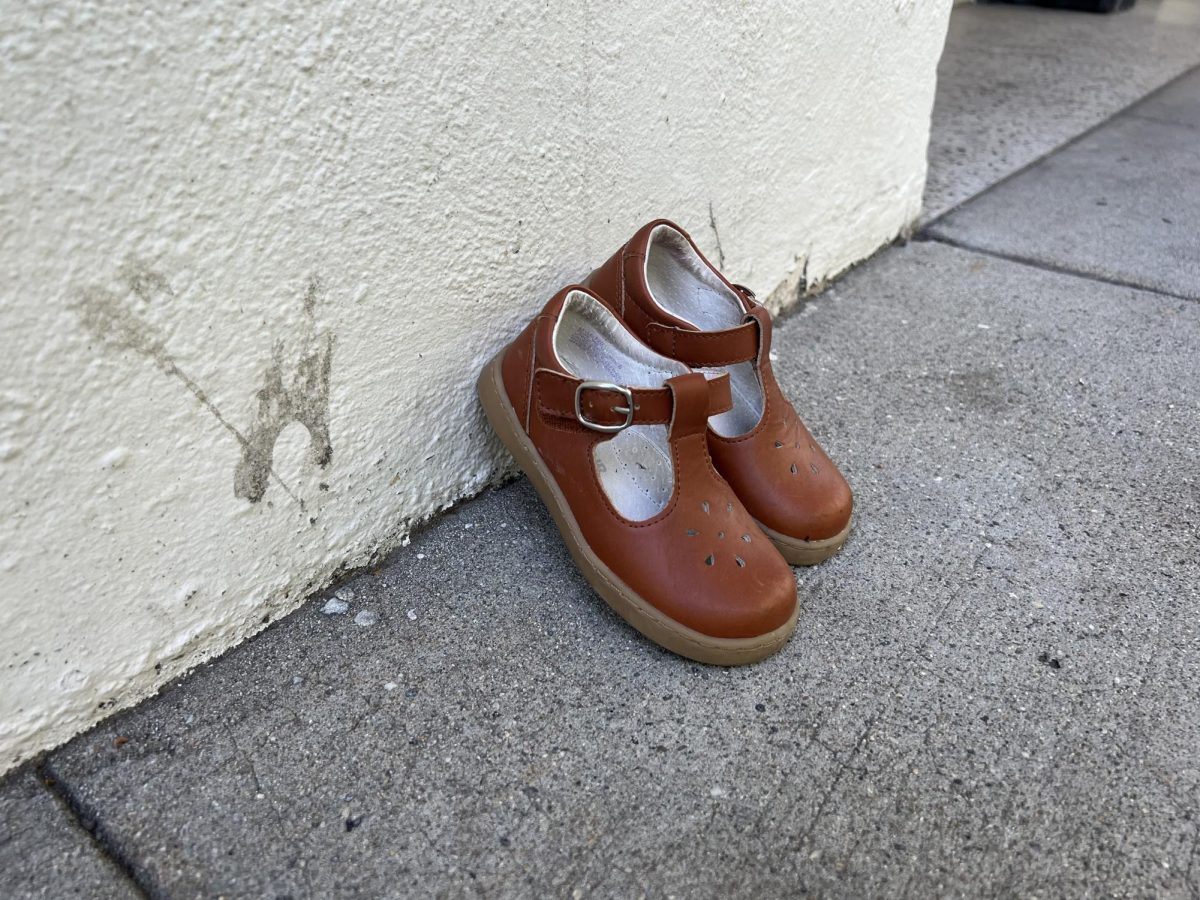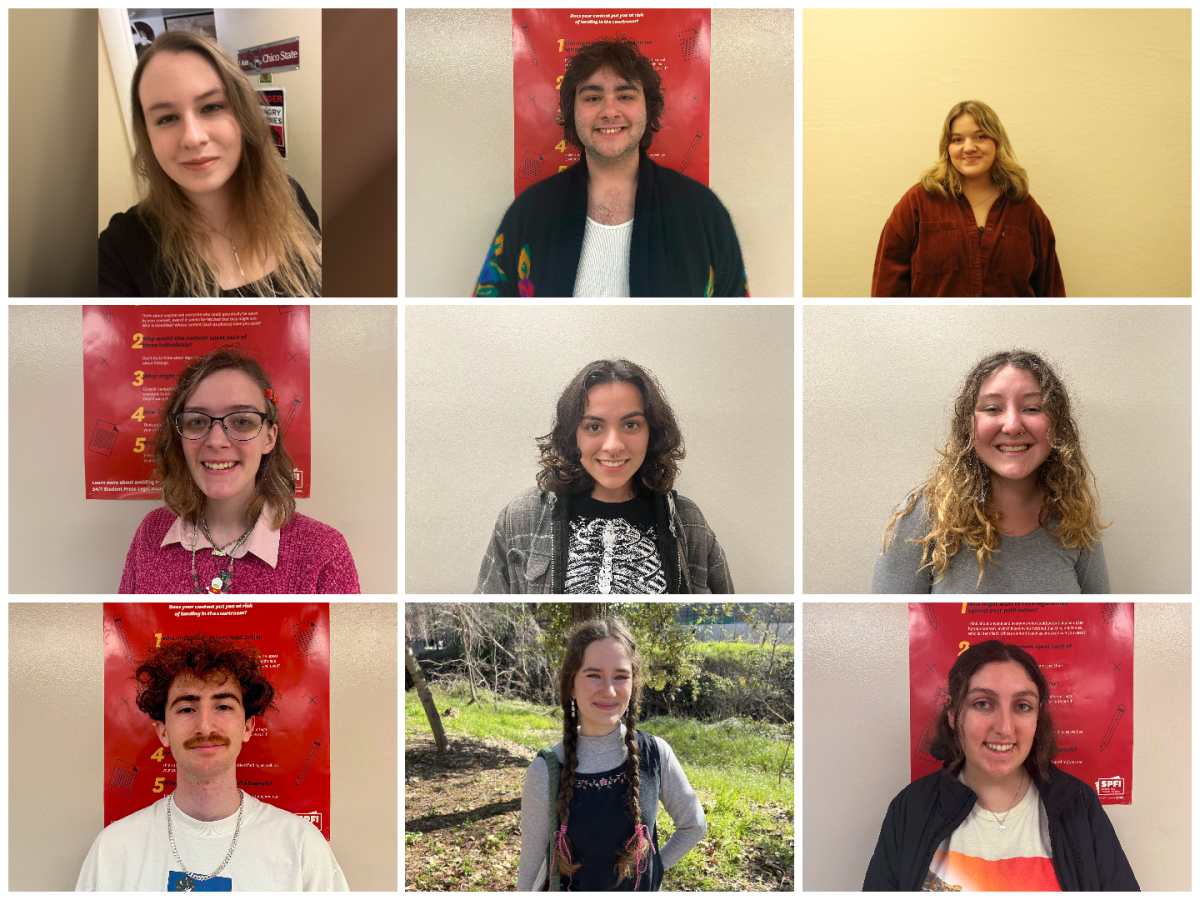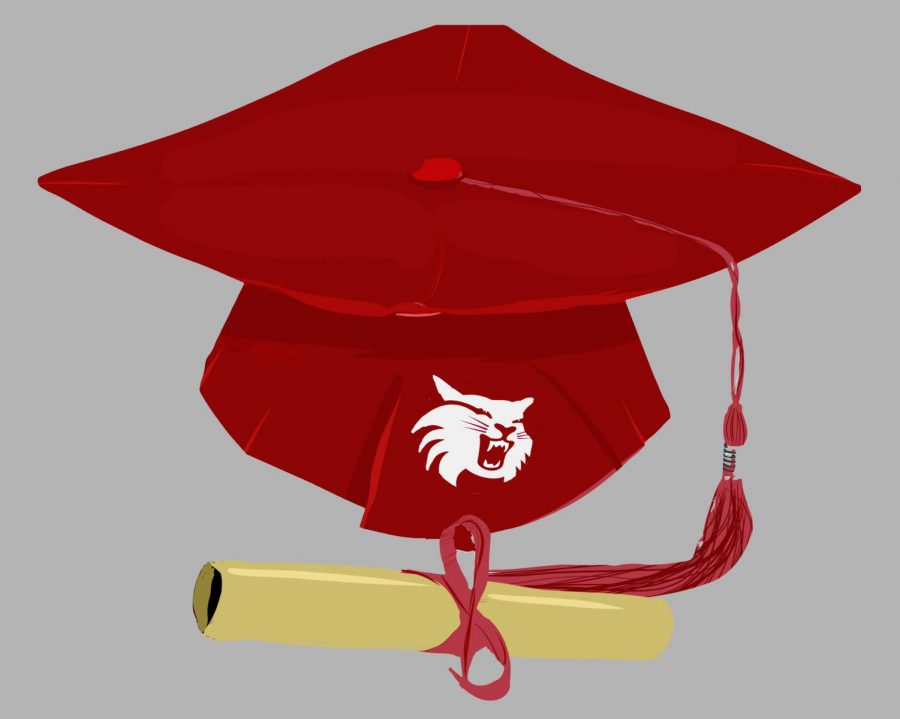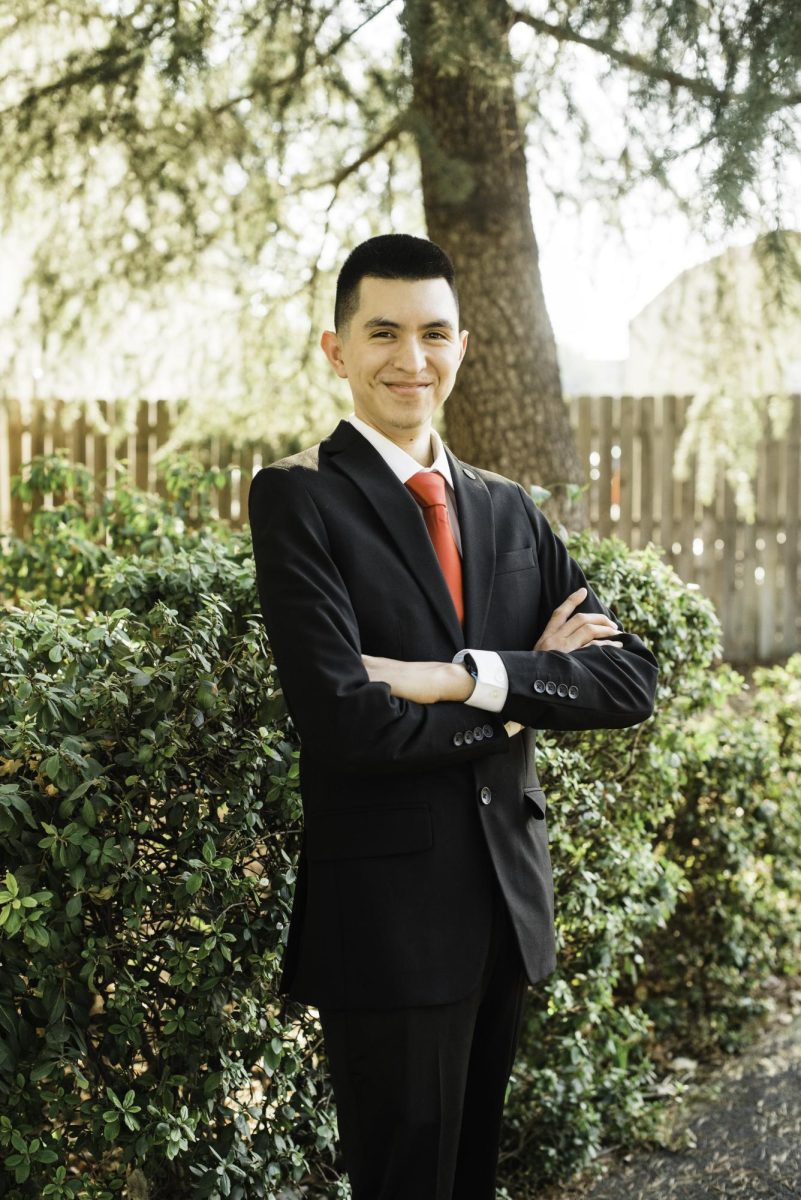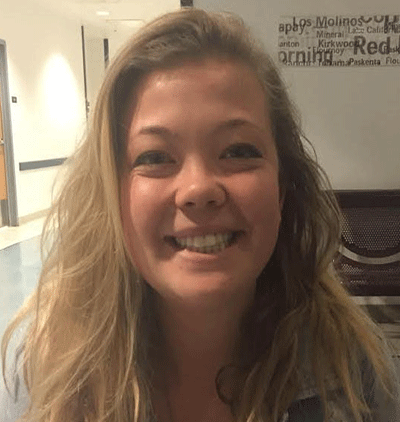
For 40 years, The Orion has appeared on newsstands around Chico State. Every week, students and residents get the scoop on what is happening in the community and at the university.
The Orion doesn’t just appear. For those 40 years, the newspaper’s staff members have labored every week to produce great content in print.
In 1975, when The Orion put out its first edition, production days looked a lot different than they do now.
With the introduction of the computer, digital photography and programs such as Adobe Photoshop and InDesign, putting together a print edition is much simpler and cleaner than the days of the first issues.
Today, the newspaper is created using the desktop publishing software program Adobe InDesign. Writers type their stories in a content management system and photographers upload photos to a server.
Then page designers go to work laying it all out, which includes placing photos, graphics, headlines, captions, story copy and more. Putting together a newspaper page is like a bit like a puzzle, and designers work to put everything together in an eye-catching way that draws readers into the stories.
The final pages are converted into PDFs, which are sent to the printer via email through an FTP (file transfer protocol) connection. The printer takes over from there and the bundles of newspapers arrive at Chico State.
But in 1975, everything could not be done on the clear screens of a Mac with the aid of a program (because there were no Macs … or programs).
The mid-’70s were a time of transition from linotype hot-metal typesetting to phototypsetting. Both methods required an intermediate step between the newsroom and the pressroom that computers take care of today.
According to Mark Plenke, a journalism professor at Chico State and adviser to The Orion, reporters would write out their stories on typewriters and send them to other employees who would type the text on machines that produced columns of type and headlines on photo paper.
Back in the office, these galleys were cut apart with scissors and X-Acto knives, coated on one side with hot wax and pasted onto page-sized sheets of paper that were attached to layout boards. Headlines were waxed, cut and pasted the same way. Rectangles of black construction paper were pasted into place where photos were to run.
Once everything was in place, a photographic negative was made, reverse half-tone images were taped onto the page, a curved metal plate was made from the negative and the pages were printed on an offset press.
Other steps in production were more complicated, too.
Fixing errors, for example, was not as simple as dragging a mouse and deleting. Editors would mark corrections on the galleys or pages with a nonphoto-sensitive blue pen, and compositors would set a new line of type. Then the tiny strips of paper would be waxed and pasted over the old.
Every Wednesday, a stack of neatly folded newspapers appears in stands around the campus. A small number of people know the elaborate and painstaking work that has gone into producing The Orion for 40 years.
Whitney Urmann can be reached at [email protected] or @WUrmann on Twitter.









